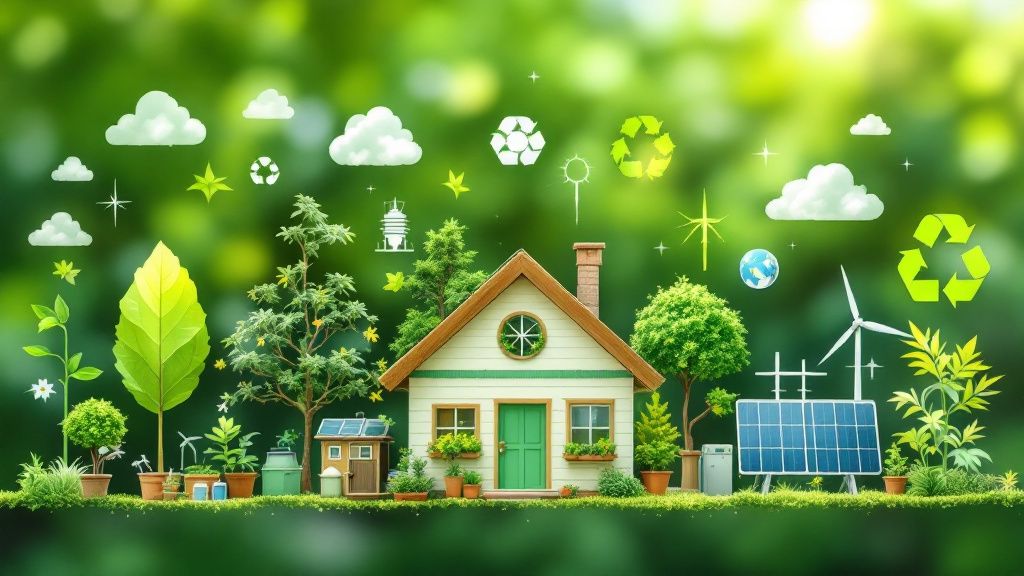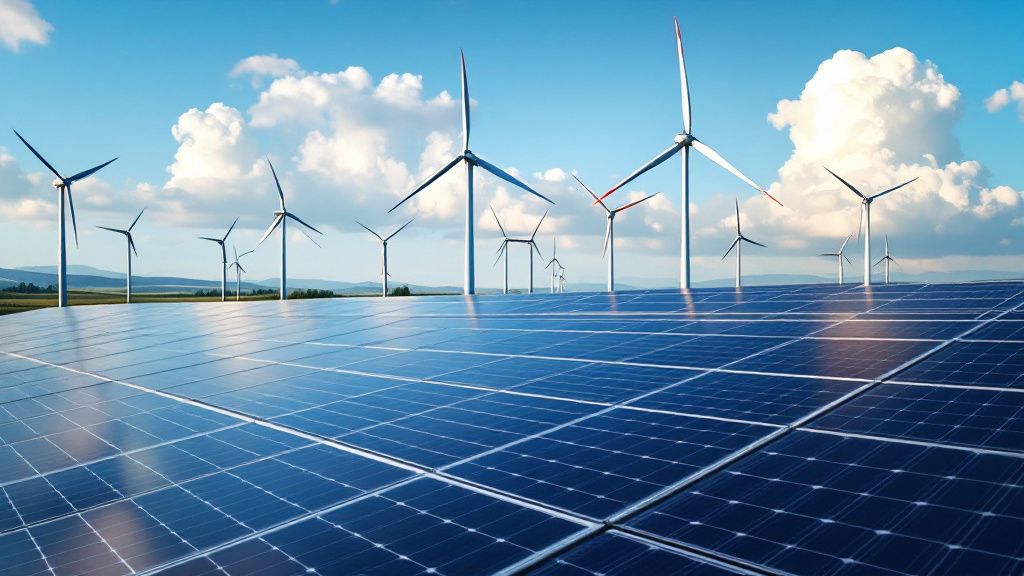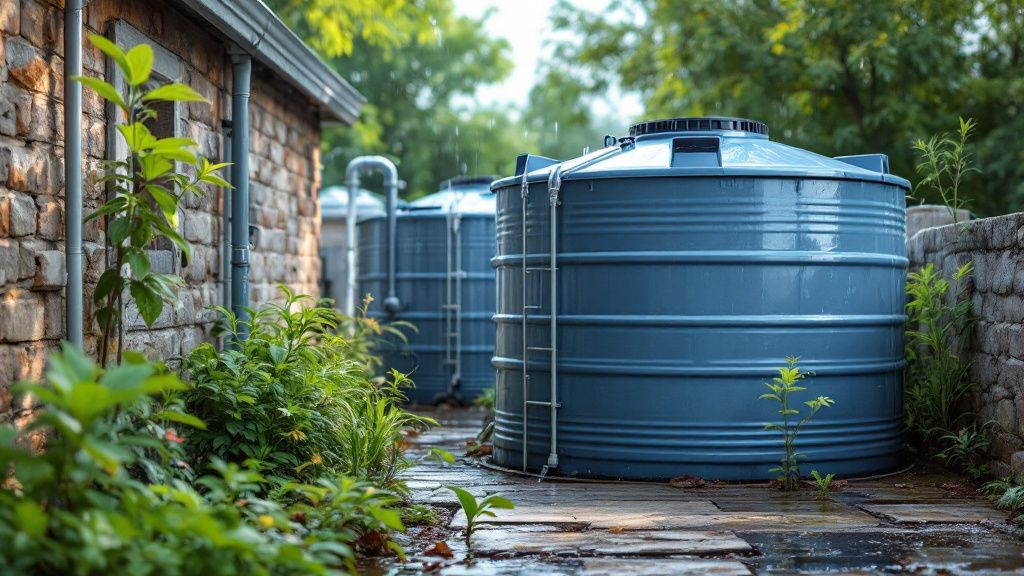Embracing the Freedom of Off-Grid Living
- California Tiny House
- 3 days ago
- 6 min read
Imagine a lifestyle that rewards you with autonomy and a closer bond with the natural world. Embracing off-grid living grants you this freedom, allowing you to realize the dream of sustainable living . By choosing to reside in off grid homes, you shift towards a life less dependent on conventional utilities, weaving in harmony with the earth. Picture the joys of practicing homesteading tips, where growing your own food and utilizing renewable energy sources become daily norms. The minimalist charm of tiny house living often accompanies this journey, emphasizing efficiency and simplicity. This freedom is about more than just living space; it's a commitment to a lifestyle that promotes self-sufficiency, deeply connecting you to the environment. In this realm, you gain the control to craft your living experience, tailoring it to reflect a sustainable ethos that resonates with a sense of liberation.

Understanding Sustainable Living
Exploring sustainable living involves understanding the delicate balance between human needs and environmental stewardship. This approach is about integrating eco-friendly practices into your daily routine to reduce your ecological footprint. Whether it’s adopting a tiny house living model that limits resource consumption or creating off grid homes that utilize solar panels for energy, the commitment remains centered on preserving the planet for future generations.
Looking at sustainable living through the lens of personal empowerment reveals a tapestry of choices that cultivate both independence and responsibility. By embracing homesteading tips like composting or rainwater harvesting, you actively engage in reducing waste and conserving resources. This lifestyle encourages a shift from consumerism to conscious living, where the value lies in quality over quantity and mindful consumption.
Incorporating sustainable living into your life also impacts your community by fostering a collective movement towards greener solutions. Off-grid living can inspire neighbors to adopt similar practices, gradually transforming entire neighborhoods into sustainable havens. It’s about building a legacy of resilience and environmental respect, fostering a world where harmony with nature is the norm rather than the exception.
Ultimately, understanding this lifestyle opens a new world of self-reliance and environmental care. It’s a journey that enhances your connection to nature and empowers you to live a life filled with purpose and intent, contributing positively to the world around you.

The Basics of Off-Grid Living
Off-grid living offers the opportunity to disconnect from traditional public utilities and create a life powered by your means. You might picture a self-sustained haven, where solar panels provide electricity and wells supply water, marking a prominent shift in modern housing ideals. Embracing sustainable living in this way means taking control of energy and resource use, aligning with the rising trend of tiny house living, which encourages minimalism and meaningful consumption.
To successfully embark on this journey, understanding the core components of off grid homes is crucial. These homes rely on renewable energy sources, such as solar, wind, or hydroelectric power, freeing you from external power grids. Did you know? Nearly 30% of off-grid households in the United States flourish on solar energy, according to recent surveys, showcasing the growing commitment to sustainability.
Water management is another pillar of this lifestyle. By collecting and filtering rainwater or utilizing a private well, you ensure a reliable and independent water supply. Often integrated with homesteading tips like water conservation and recycling, these systems work harmoniously to nurture an ecosystem within your home, further reducing your environmental impact while ensuring self-sufficiency.
To fully embrace this lifestyle, it's essential to cultivate a mindset where innovation meets tradition. By integrating modern technology with age-old practices, you can create a living space that not only supports your needs but also contributes positively to the environment. This approach ensures that your off-grid experience is not just about living independently but also about living responsibly and sustainably.

Choosing the Right Location
Selecting the perfect location is a fundamental step in your off-grid living journey, directly influencing your quality of life and sustainability efforts. This choice requires a careful examination of potential sites to ensure an optimal balance of resources and environment. You’ll want a location that provides access to natural resources like sunlight, water, and land suitable for growing food, integral to the ethos of sustainable living.
When comparing rural vs urban off-grid possibilities, rural areas often offer abundant space and natural resources, ideal for off grid homes. In contrast, urban options might require more creativity, such as rooftop gardens or tiny house living on small plots. While rural settings facilitate practices like homesteading tips and self-sufficiency, urban settings require a strategic use of limited space but offer the advantage of proximity to amenities and communities.
In choosing your site, consider factors such as local regulations, climate, and accessibility to ensure your off-grid lifestyle can thrive. The right mix of these elements will support renewable energy solutions, water management systems, and food production. Each location offers unique benefits, so aligning your priorities with the region's strengths can lead to a fulfilling and sustainable living experience, grounded in harmonious coexistence with the environment.

Sustainable Energy Solutions
Harnessing sustainable energy solutions is crucial for anyone considering an off-grid lifestyle, providing independence and reducing environmental impact. Among the most popular options is solar power, which captures the sun’s energy through panels, offering a reliable and renewable source of electricity for your home. This technology aligns perfectly with the ideals of sustainable living, allowing you to power everything from tiny house living essentials to more extensive off grid homes.
Wind energy is another viable alternative, particularly in regions with steady wind patterns. Small-scale wind turbines can effectively supplement or even replace your solar setup, ensuring a consistent energy supply. Employing these systems supports a diversified energy strategy, a core principle in homesteading tips, allowing you to withstand fluctuating weather conditions while maintaining autonomy from traditional energy grids.
Looking ahead, sustainable energy solutions are expected to evolve through technological advancements, making them more accessible and efficient. Innovations like improved battery storage and smart grid technology will enhance energy management, enabling you to store excess energy for use during low-generation periods. These developments will further integrate with off-grid systems, offering cleaner, smarter, and more reliable energy sources, setting the stage for an even more sustainable future.

Water Management Techniques
Efficient water management is fundamental to the success of an off-grid lifestyle, enabling you to maintain a sustainable and self-sufficient home. Rainwater harvesting is a popular technique that involves collecting rainwater from rooftops and storing it for later use. This simple yet effective method can supply ample water for gardening, household chores, and even potable needs when properly filtered and treated, supporting key principles of sustainable living and tiny house living.
Installing a greywater recycling system is another valuable water conservation technique. This system reuses water from sinks, showers, and laundry for purposes like irrigation, limiting water waste and maximizing resources. Such systems reflect the practice of sustainable living by cleverly repurposing what would otherwise be lost, aligning with homesteading tips to reduce ecological footprints and nurture your self-reliant lifestyle.
Utilizing composting toilets can drastically cut down on water use, offering another approach to water management. These toilets decompose waste naturally without the need for flushing, marking a significant departure from conventional systems. One unpopular opinion about composting toilets is their perception of being labor-intensive and inconvenient, yet many find them to be low maintenance and a vital tool for sustainable off grid homes.
Considering location-specific factors is also essential in devising water management strategies. The climate, rainfall patterns, and local water regulations determine the feasibility of different techniques. Tailoring solutions to your environment ensures a dependable water supply that supports every aspect of off-grid living while promoting resource conservation and environmental harmony.
Being proactive in water management not only supports your daily needs but also encourages a connection to the natural water cycle. By adopting these techniques, you actively participate in creating a viable off-grid ecosystem that thrives on conserving and wisely utilizing water, fostering a holistic approach to living sustainably and independently.

Food Production and Self-Sufficiency
How does food production on an off-grid lifestyle impact your journey to self-sufficiency? Growing your own food is a cornerstone of achieving independence and nurturing a sustainable living environment. By cultivating a garden, you reduce reliance on store-bought goods and enjoy the process of planting, nurturing, and harvesting produce that contributes to a balanced diet. This activity not only promotes health but also strengthens the connection to the land you reside on.
A variety of techniques can enhance your productive capacity, even within the constraints of tiny house living. Raised beds and vertical gardens optimize space, providing a practical solution for limited areas. These methods enable you to grow seasonal vegetables, herbs, and even fruit in manageable quantities, maintaining a year-round supply without the need for expansive plots or off grid homes equipped with large gardens.
Incorporating livestock like chickens or goats can be a rewarding addition to your homesteading pursuits. Chickens offer eggs and bug control, while goats can provide milk and natural weed management. Raising animals requires dedicated care and resources, but the benefits of fresh produce and animal products help advance your overall self-sufficiency. With careful planning, you can establish a mini-ecosystem that supports a thriving off-grid lifestyle.
Community engagement is another vital aspect of effective food production. Sharing resources, seeds, and knowledge with fellow off-gridders fosters a network of support and collaboration. Through community relationships, you gain access to diverse crops, enhanced skillsets, and shared homesteading tips, creating an enriched experience that elevates your sustainable living journey beyond individual efforts.
Practicing food production and self-sufficiency allows you to step away from industrial food systems, fostering independence and environmental stewardship. By managing your own food supply, you embrace a responsible and fulfilling way of living that resonates with simplicity and mindfulness, capturing the essence of sustainable and off-grid living.




